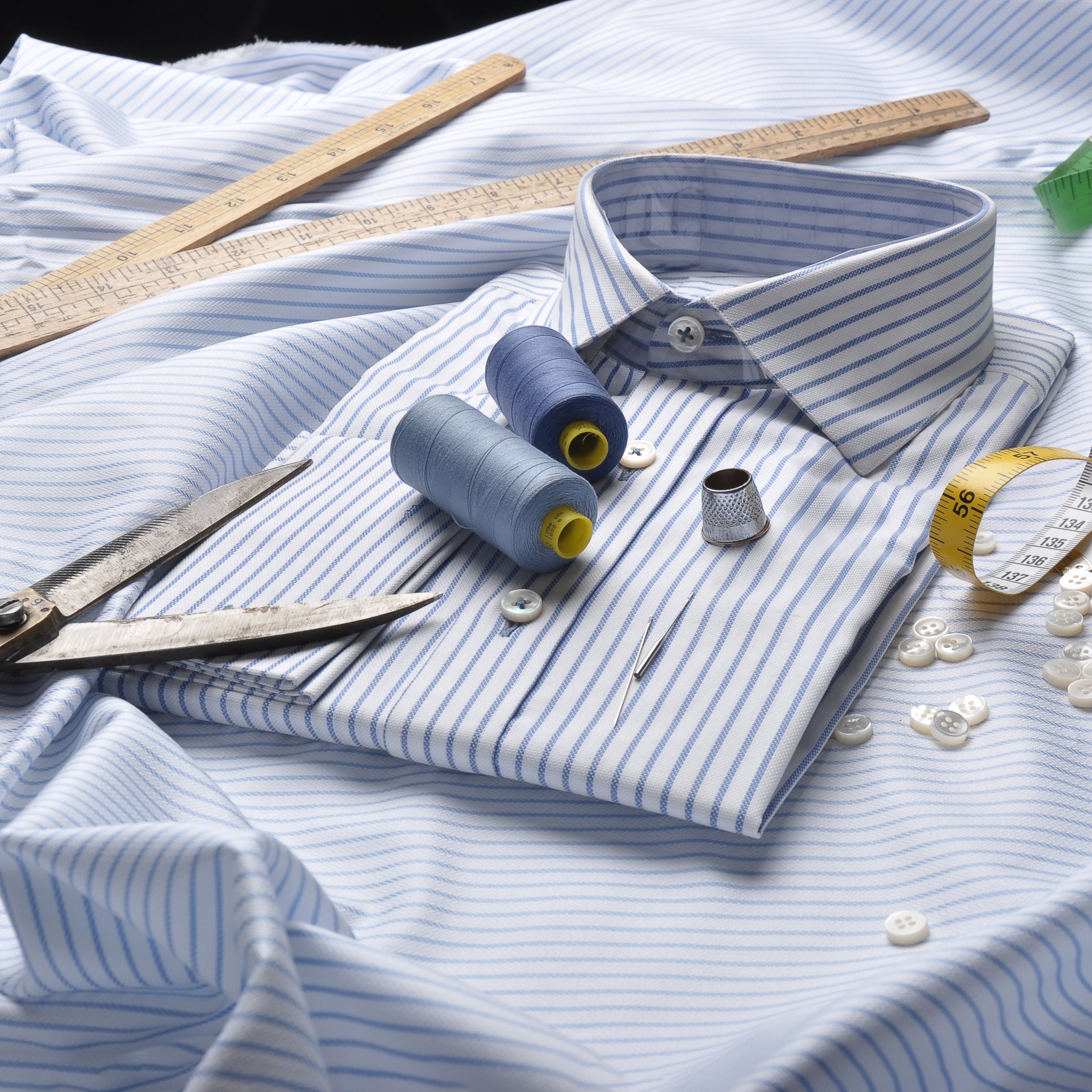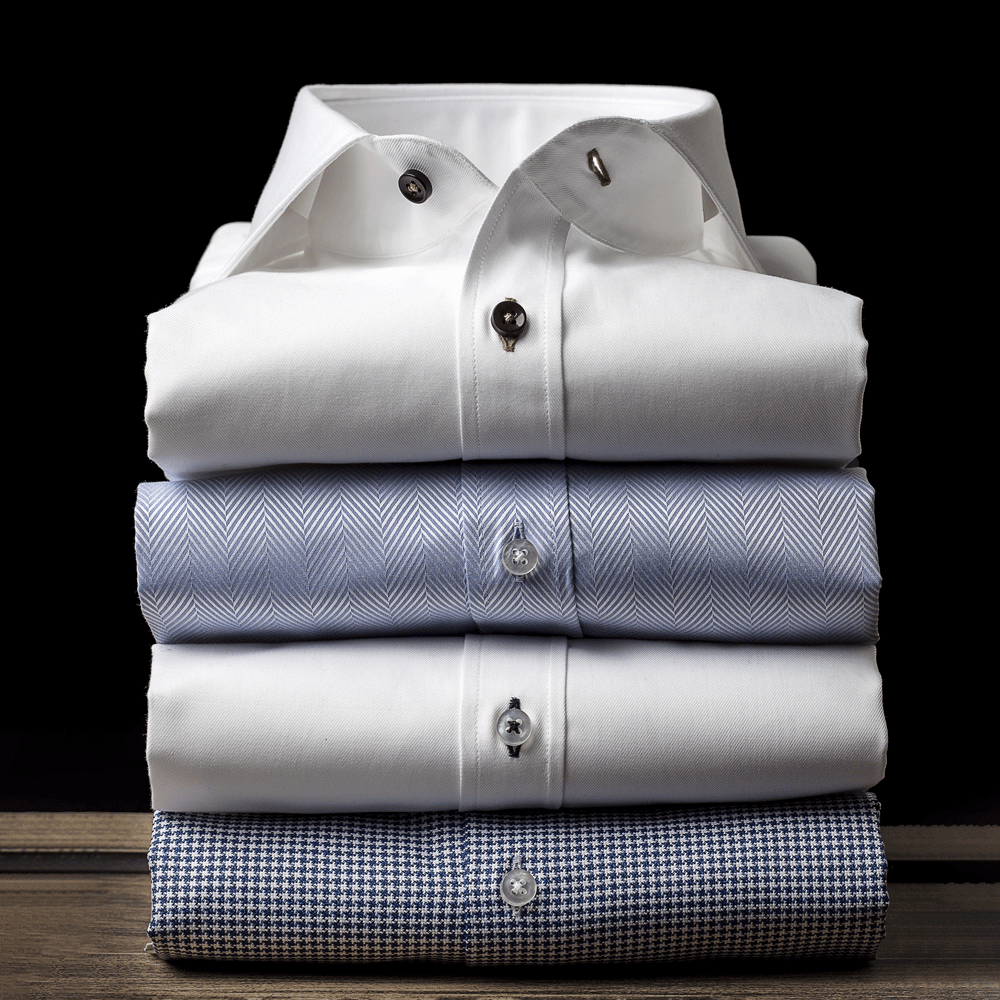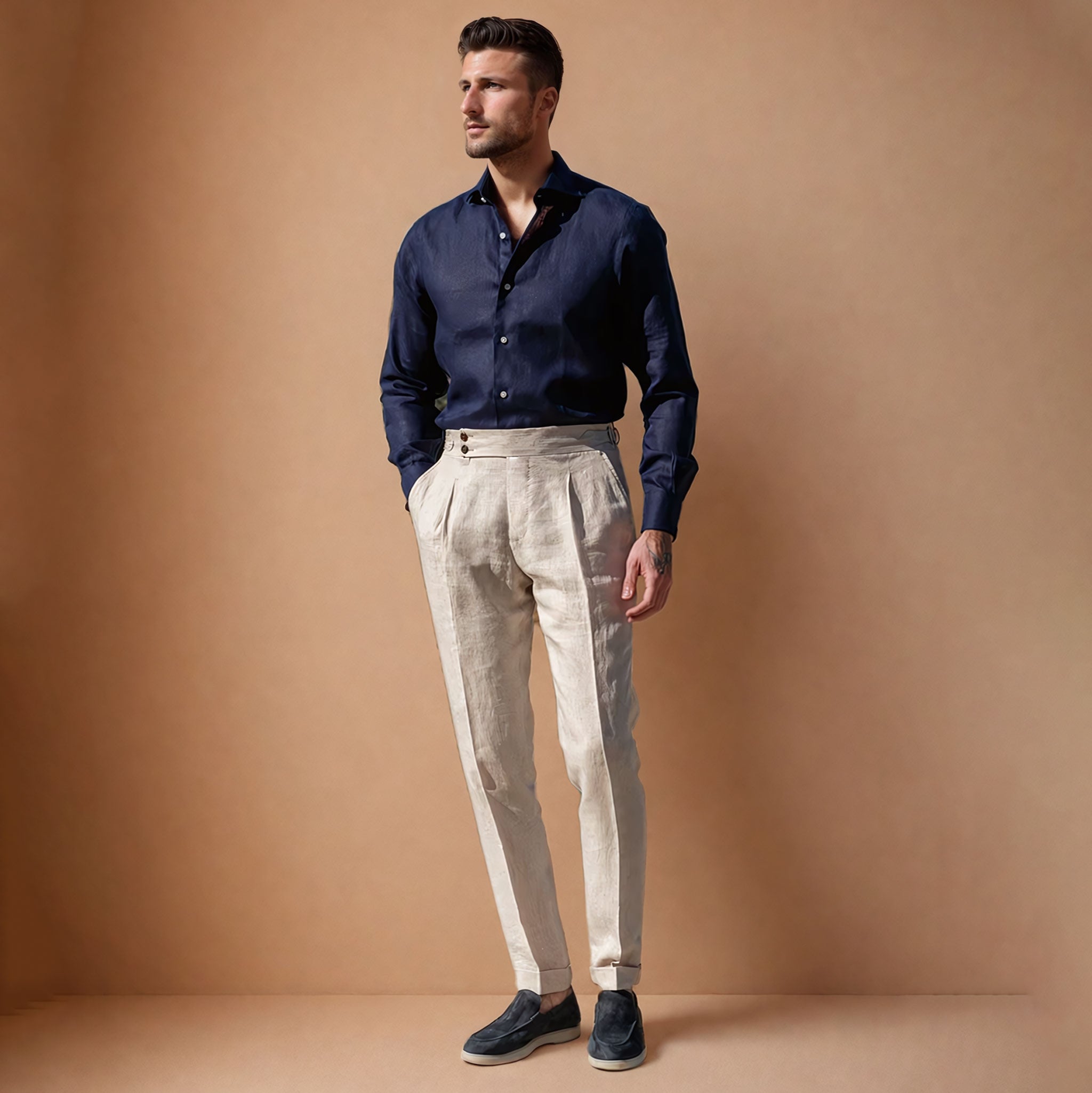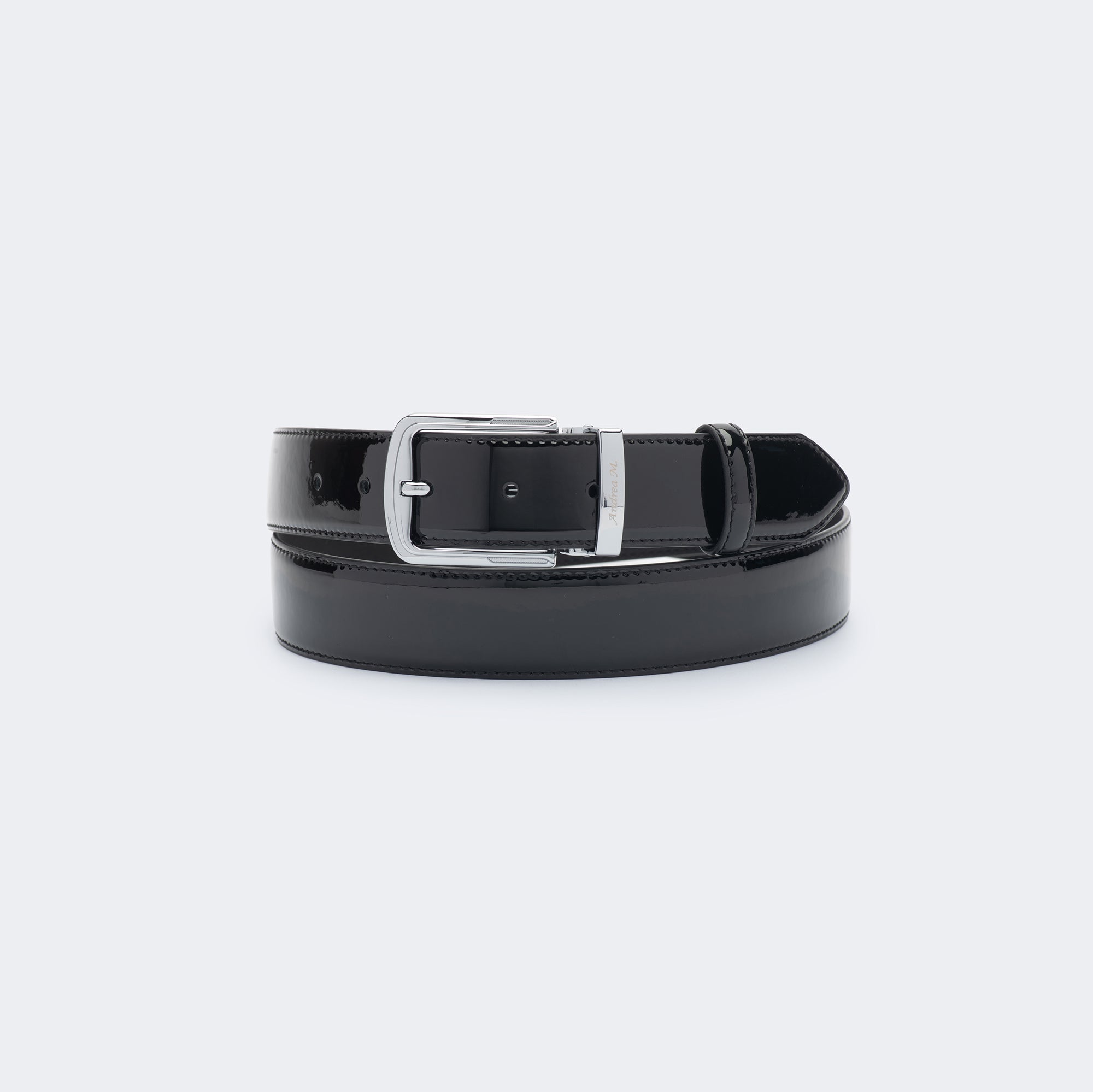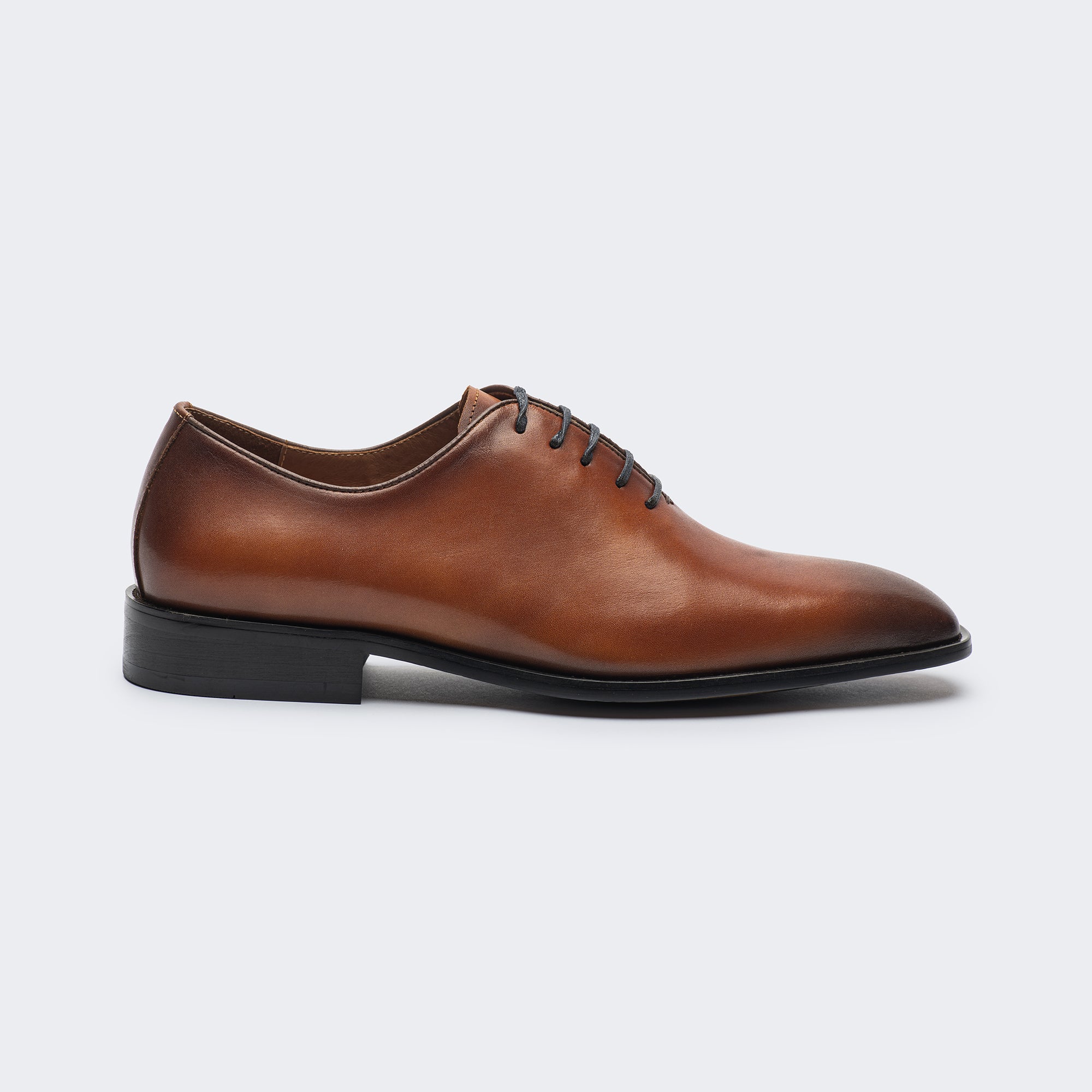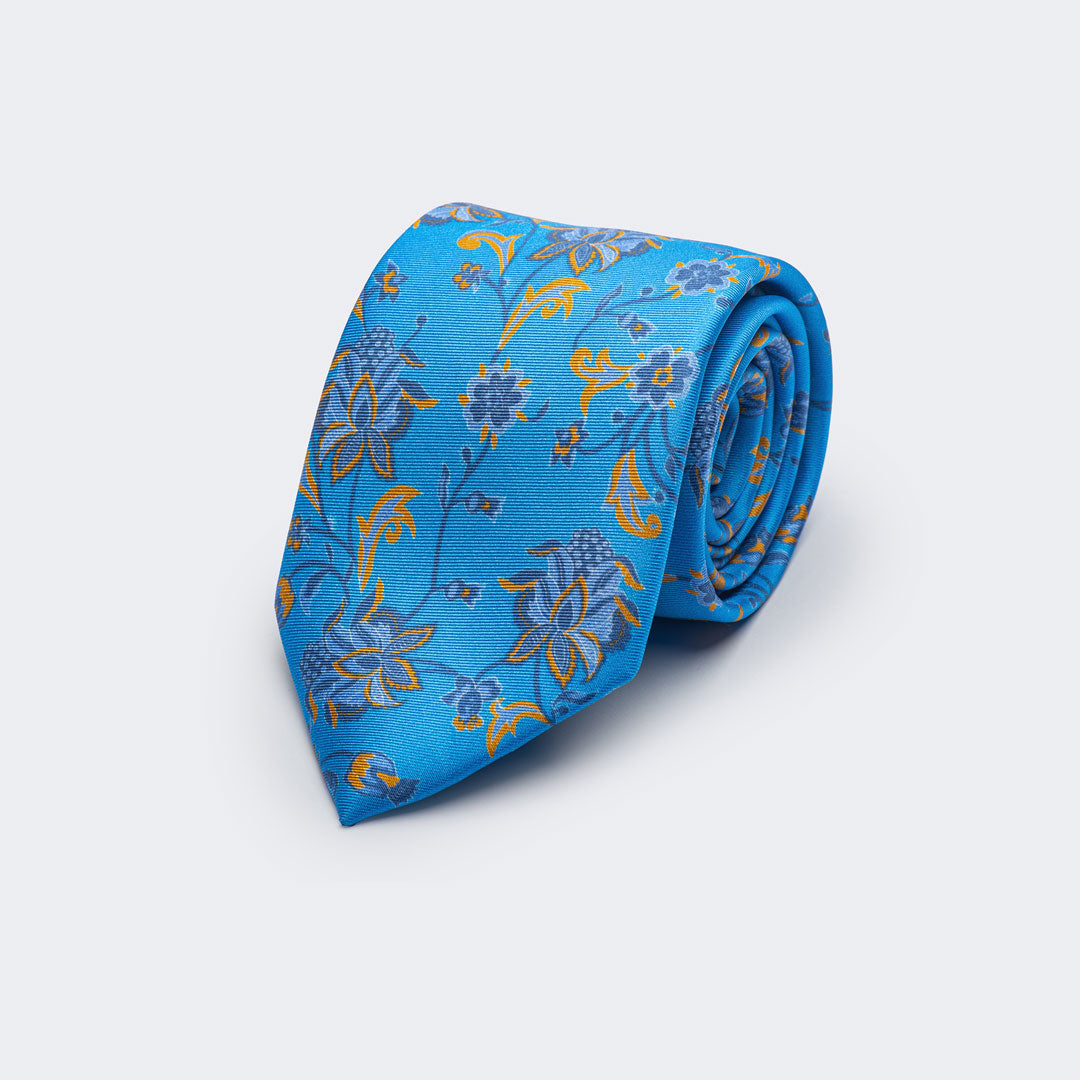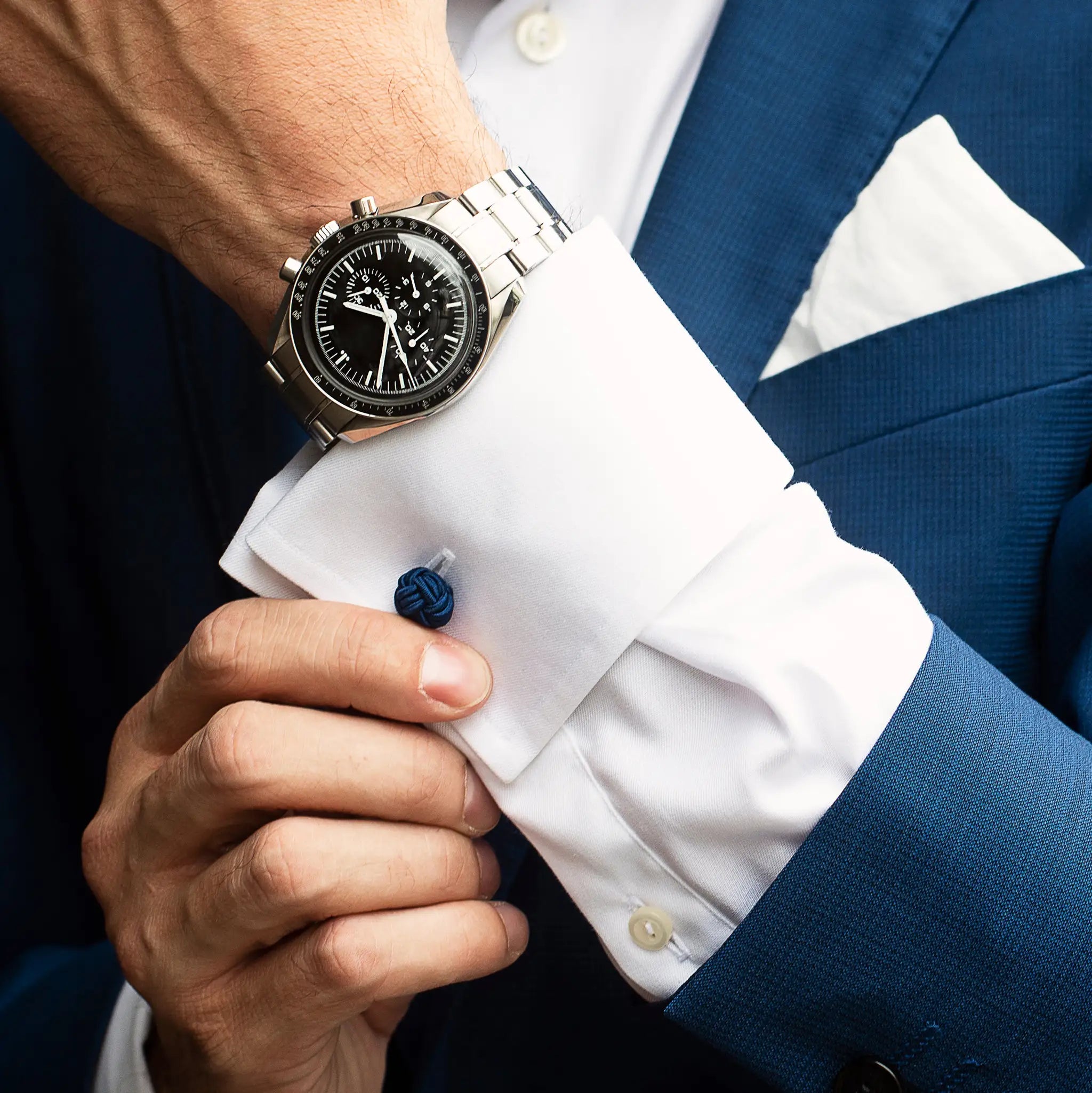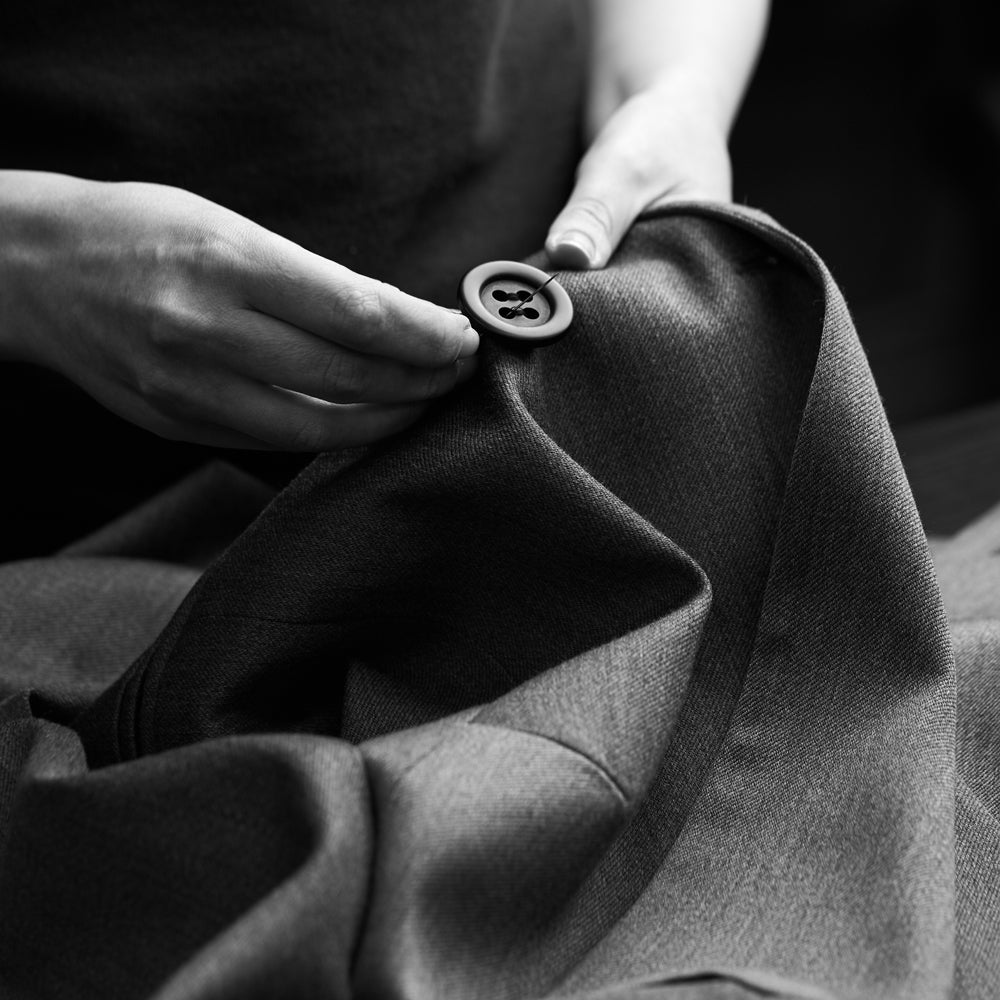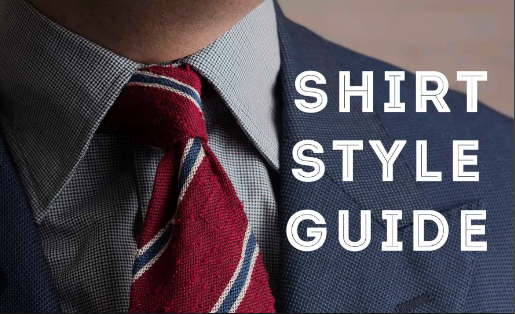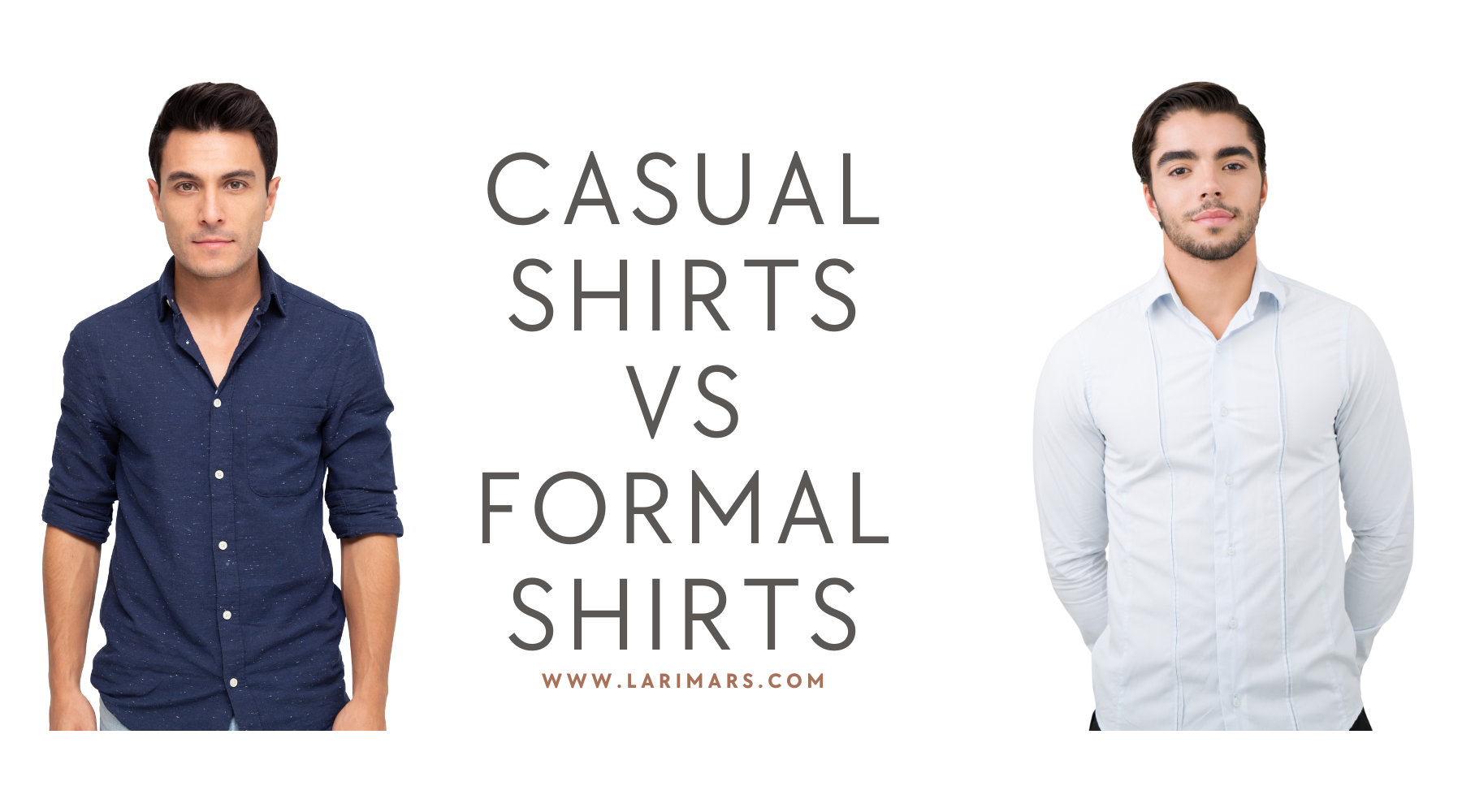![Recognize and Choose Quality Shirts [Everything You Need To Know]](http://www.larimars.com/cdn/shop/articles/choosequalityshirtsformen.jpg?v=1693904780&width=700)
Recognize and Choose Quality Shirts [Everything You Need To Know]
Whether you are at home, at work, on a jogging trek, or in your bed sleeping, shirts accompany a man everywhere. And that's why, we expect them to feel most comfortable and look most luxurious whenever we wear them. However, to enjoy such long-lasting comfort and high-end visual appeal, it's essential to invest only in quality shirts.
Some people have this major misconception that a good quality shirt must have to come with a heavy price tag but that's not the case. Rather, some other elements decide the quality and once you know about those elements, you can get your dream shirt without burning huge holes in your wallet.
Wondering how you could differentiate between good and poor-quality clothes? Or how or where you can find them? If so, keep reading the article because today we are going to pen down everything in detail about the factors that precisely make up a quality t-shirt, oxford shirt, and dress shirt. So, start reading!
What is a premium quality shirt?
What's your definition of a quality shirt? Is it something that will retain its as-crisp-as-new feeling till the last wear? Or is it a shirt that contains the most weather-appropriate fabric? Or a shirt that feels pleasant against the skin from the first to the very last day?
Well, all these qualities count but besides these, other things like sewing, cutting, and details also matter. So, let's have a deeper look at all the characteristics that you need to pay attention to while buying a shirt.
Key Characteristics of a Good Quality Shirt
Material
The first thing that makes the foundation of a shirt's quality is its material since it determines your shirt's appearance, care level, durability, comfort, and cost. Remember that a fabric-perfect shirt is made up of 100% original, organic fibers - mostly cotton and linen.
For example, Egyptian cotton, in its pure form, is much more breathable than its synthetic counterparts and comes with incredible moisture-wicking properties. That's why all the luxury office shirts (including dress shirts and Oxford shirts) are made up of Egyptian cotton. On the other hand, linen offers amazing absorbency and thermoregulating properties which makes it an ideal choice for everyday casual wear - especially on hot and humid days.
Yes, some synthetic fabrics may also feel super smooth against skin but they mostly lack the absorbency of natural fabrics. Also, synthetic fabrics might be itchy on the skin and come with other undesirables like shape-changing, color-shifting, etc. That's the very reason why top-quality menswear including dress shirts, oxford shirts, or even t-shirts, is never made up of synthetic fabrics.
Weave
After material, the thing that is most decisive about a shirt's quality is its weave type. However, we can't say that a certain type of weave is better or superior to the rest since each one brings a special set of benefits. For example, linen weave shirts offer incredible durability and easy care. Plain cotton weave offers a super breathable structure whereas the broadcloth weave offers a crispier look.
So if you are looking for a quality, luxurious-looking dress shirt, you better go with either broadcloth or twill weave. And if you want the comfiest casual shirt or t-shirt, you may choose a shirt with a plain linen weave.
Stitch and seam quality
The stitching quality can be determined by noticing the pattern consistency. For example, if you are going to purchase a checkered shirt, see if there's any sudden distortion of the pattern. On the other hand, if you are buying a solid-colored dress shirt, look for the stitching lines at the seam.
In addition to this, stitch density also plays a vital role in considering a shirt's quality; the higher the stitch density, the higher the quality of workmanship. So, if you don't find any loose thread, chain stitching, or inconsistency in pattern or seam, and if seams don't show to be dissolving easily, it means the shirt is made with meticulous care and costlier services.
Cut
What if you get a shirt made up of the world's finest materials, with the best craftsmanship but it doesn't fit you right? A shirt that makes you look like you are either wearing a swimsuit or something billowy from your ancestors?
That's why, getting a shirt with the right cut is also essential as it determines its overall elegance. A perfect-sized shirt won't only accentuate your manly figure but it should also provide enough room for movement. The rule is the same for all types of shirts; be it oxford shirts, dress shirts, or a casual tee. And in case you can't find your perfect size, opt for the tailored shirts to get what suits you best.
Details
Quality speaks through attention to subtle details like collars, buttons, and side gussets. In the market, dress shirts are made with two types of collars; sewn-in collars or fused collars. Fused ones are made by connecting the upper and under layers of a collar with glue whereas in sewn-in collars, as the name implies, both layers are sewn together.
Always, always get a shirt that has a sewn-in collar since it doesn't lose its shape and rigidity on multiple washes. In addition to this, the type and material of collar stays also play a huge role as they retain the structure of the collar by preventing it from getting bent in the laundry.
So if you want your shirt's collar to look pointed and sharp, get one that contains heavy and robust collar stays like that of horn, sterling silver, or wood. Also, go with removable stays as they save your elegant shirt from those absurd imprints.
Likewise, a top-quality dress shirt always contains buttons of high-grade materials that don't fall off easily. Last but not least, the symbol of a premium quality business shirt is the availability of side gussets on hems, underarms, and shoulders. This small, triangular piece of fabric allows for easy movement in slim-fitted clothes.
Telltale signs of a poor-quality shirt
By now, you have read about all the factors that define a shirt's top-grade quality. If you are still confused over whether a shirt is worth your hard-earned money or not, here are some tell-tale signs that shriek for low-quality clothes;
- If you could see through a shirt, it means that the fabric used to make the shirt is quite cheap and weaved loosely. Such see-through shirts are not durable at all and may fall apart after a few rounds of washing.
- Natural cotton is extremely resistant to pilling so if a shirt is showing signs of pilling, even in its initial days, it means it's either made up of low-quality cotton fibers or a cheap cotton blend.
- If a shirt starts looking saggy or stretched on pulling it between your hands, take it as a red flag since such a shirt will get droopy after a few washes, even if you had purchased it in a tight fitting.
- Avoid patterned shirts in which plaids or stripes don't match up at the seams as it reflects the manufacturer's unwillingness to use additional fabric to ensure pattern consistency.
- A low-quality shirt has a weightage of around 120-140 GSM since it comprises thin threads that will wear off after certain washes. On the other hand, a premium quality shirt will have a fabric weight of at least 200 GSM.
- Frayed edges and uneven seams are signs of cheap quality. Also, if a shirt looks twisted when lying on a flat surface, it reflects its poor craftsmanship.
- If a shirt shows a lot of wrinkles on crumpling tightly, it dictates its poor quality. On the other hand, if it shows no wrinkles at all, it might be made up of synthetic materials. So, get a shirt that lies in between these two extremes.
